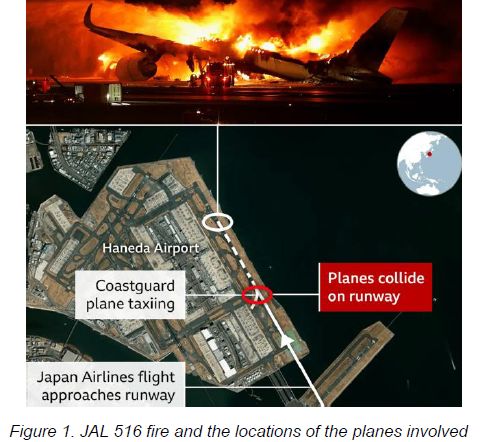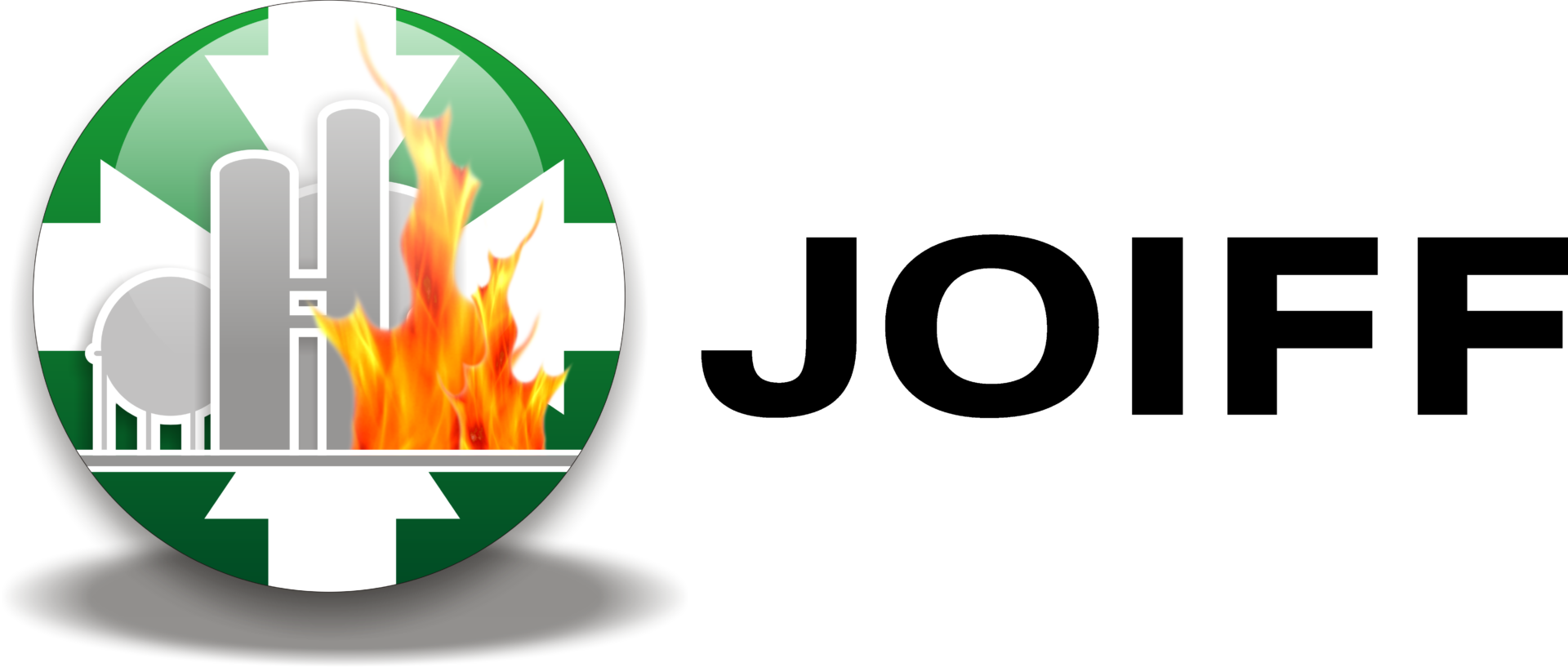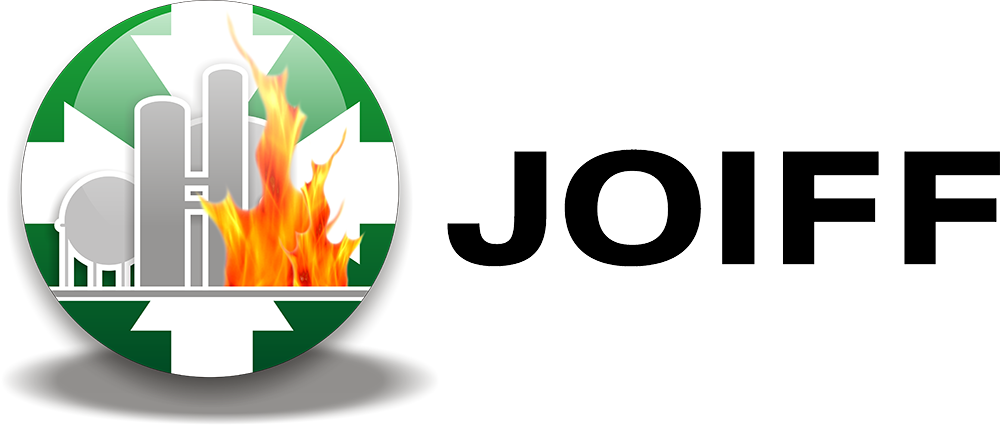Process Safety Beacon: Good evacuation plans save lives!

On January 2, 2024, Japan Airlines (JAL) Flight 516 carrying 367 passengers and 12 crew members was landing at Haneda Airport in Tokyo Japan. It collided with a smaller Coast Guard plane on the runway and both aircraft caught fire. Five of the six crew on board the smaller plane died in the collision. All 379 occupants of JAL Flight 516 safely were evacuated within 18 minutes of landing even though the left engine of the JAL plane was on fire.
The safe evacuation of a large plane is the result of a well-understood evacuation plan. Despite a communication failure between the cockpit and the flight attendants, there were no fatalities on Flight 516. The crew took swift action to inflate the emergency slides As soon as they saw it was safe. They moved passengers to the slides in a quick but orderly way. Pilots and flight attendants are trained to initiate evacuation of planes as soon as possible.
Another reason for the safe evacuation was the crew insisted that passengers leave everything but their phones behind. Bringing other items along could have slowed the exit process and led to fatalities. This is emphasized in the airline’s preflight safety message and the passengers obeyed those instructions.
Did you know?
- In plants where hazardous chemicals are stored or handled, the emergency plan must include spills and gaseous releases of hazardous materials.
- In most countries, companies are required to have a written emergency response plan which addresses foreseeable natural emergencies that could occur such as severe weather, flooding, earthquakes, and tsunamis. The plan also needs to address fires and safe evacuation of the site.
- Fires in industrial operations can spread very quickly. Even in an office, carpeting and other combustible materials can ignite and burn rapidly.
- A key to reducing the impact of a fire or release is timely activation of the emergency alarm system. Hesitation or delay in sounding the alarm can delay evacuation and firefighting efforts.
- Some regulations require a visual map of the evacuation routes, safe havens for shelter-in-place, and gathering areas.
What can you do?
- Know the emergency evacuation procedures for your work area including – evacuation routes, shelter-inplace locations, and gathering points.
- Know how and when to activate emergency alarms in your area. If you are not sure, ask your supervisor.
- Actively participate in emergency drills. Take note of any issues that could impact a real emergency such as clutter in the exit routes, poor walking surfaces, or missing exit signs.
- When making rounds or field inspections think about what emergencies could occur and if that emergency is included in the evacuation plan.
- Once you leave the area, do not return until the ‘all clear’ status has been announced. (see the April 2024 Beacon)
Know your evacuation procedures – and follow them!

